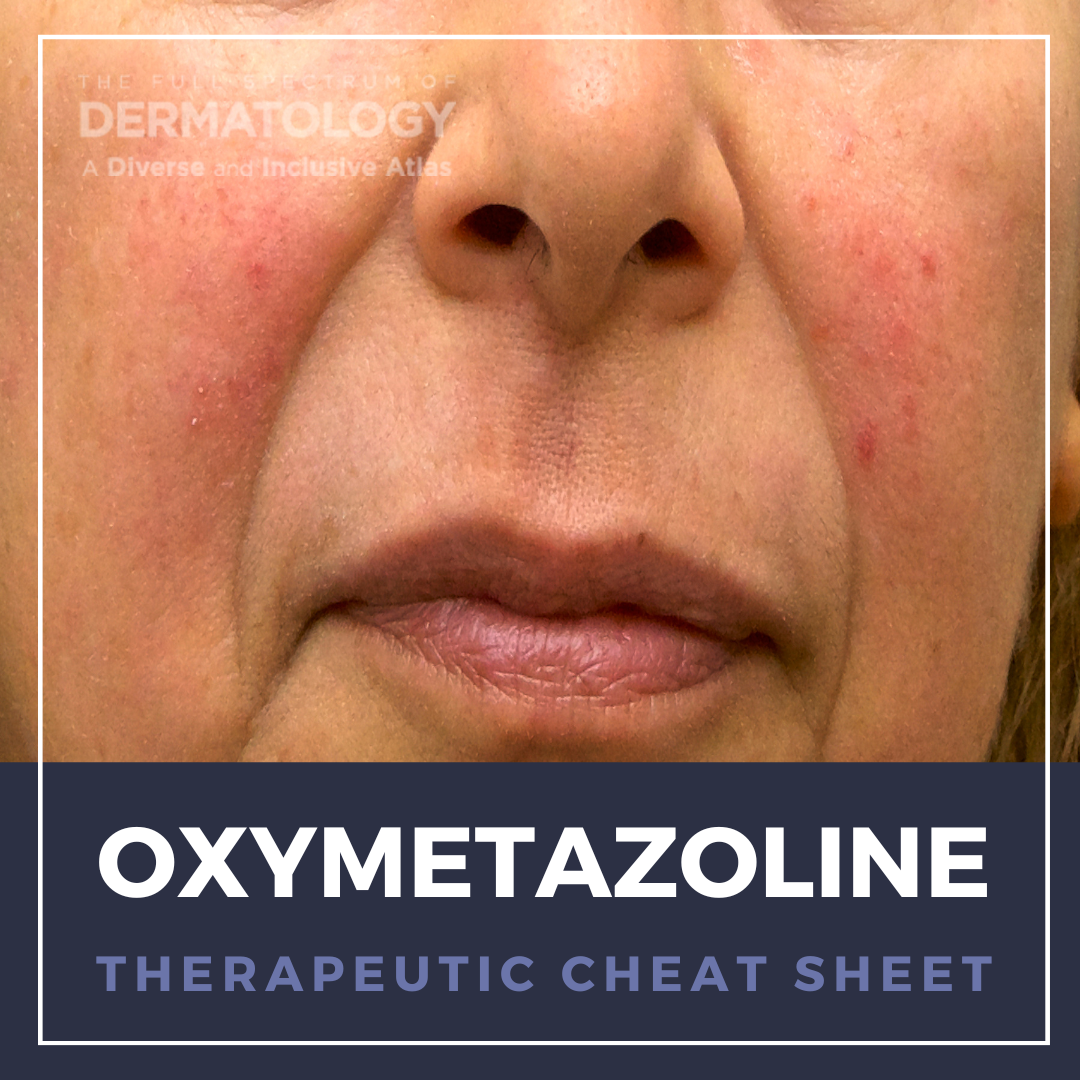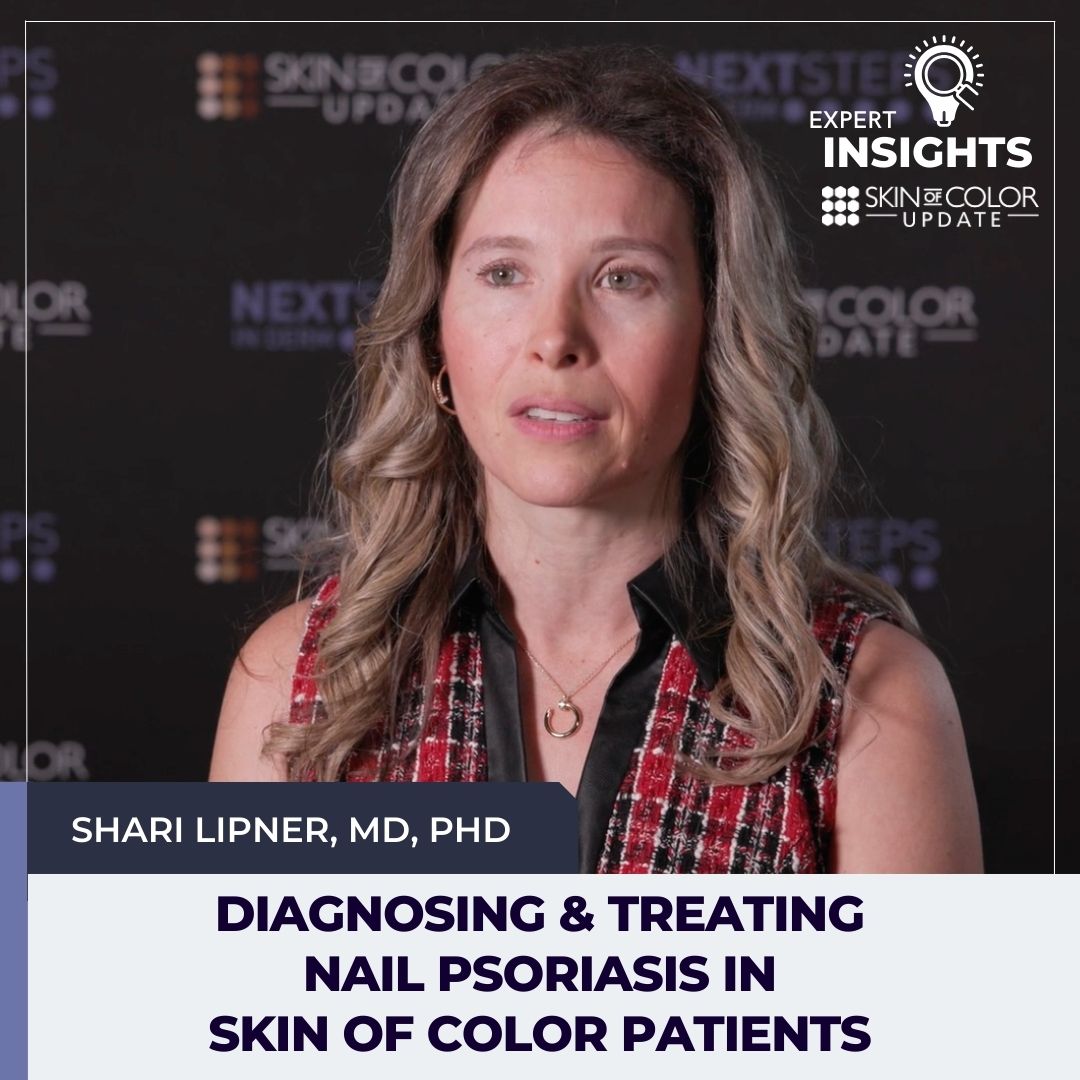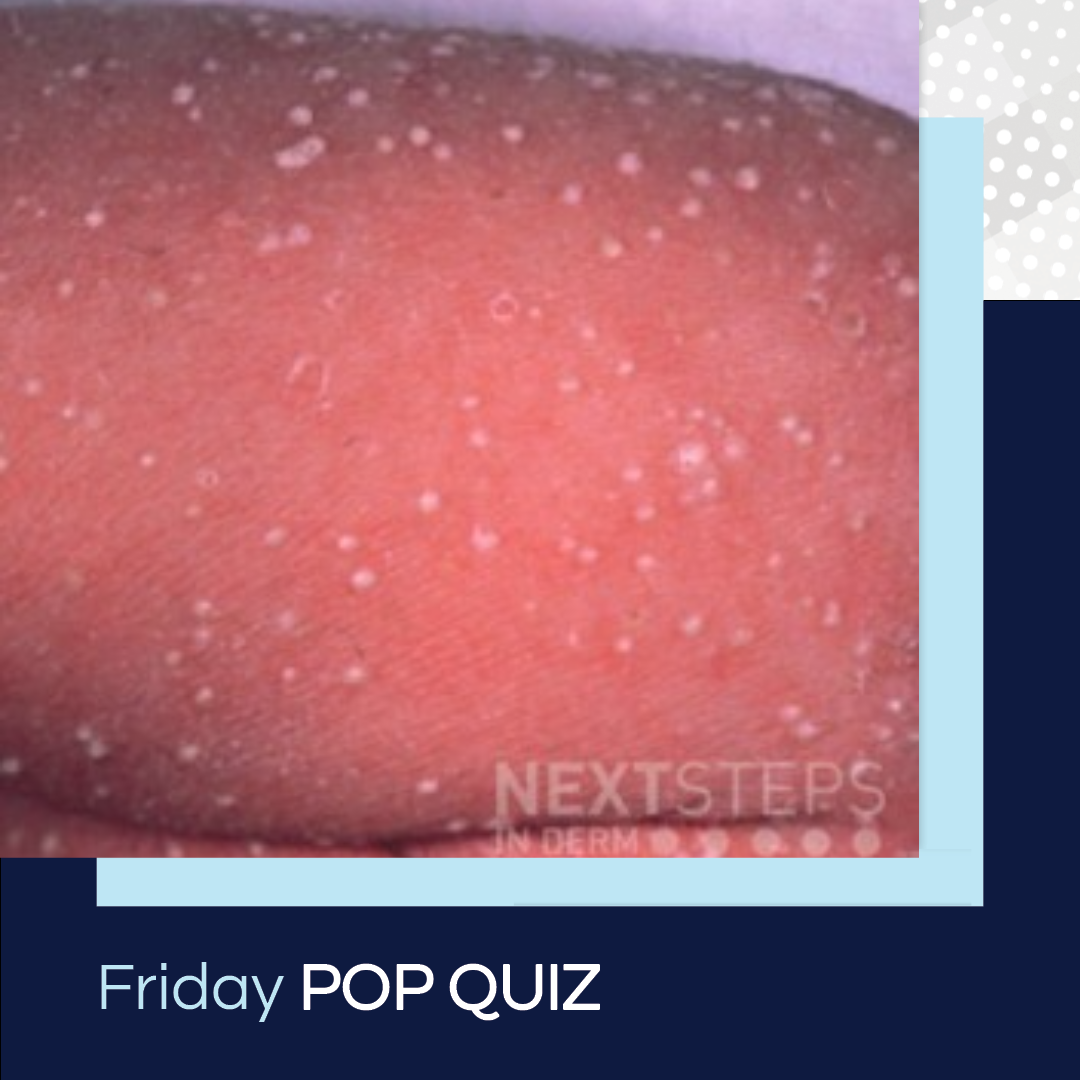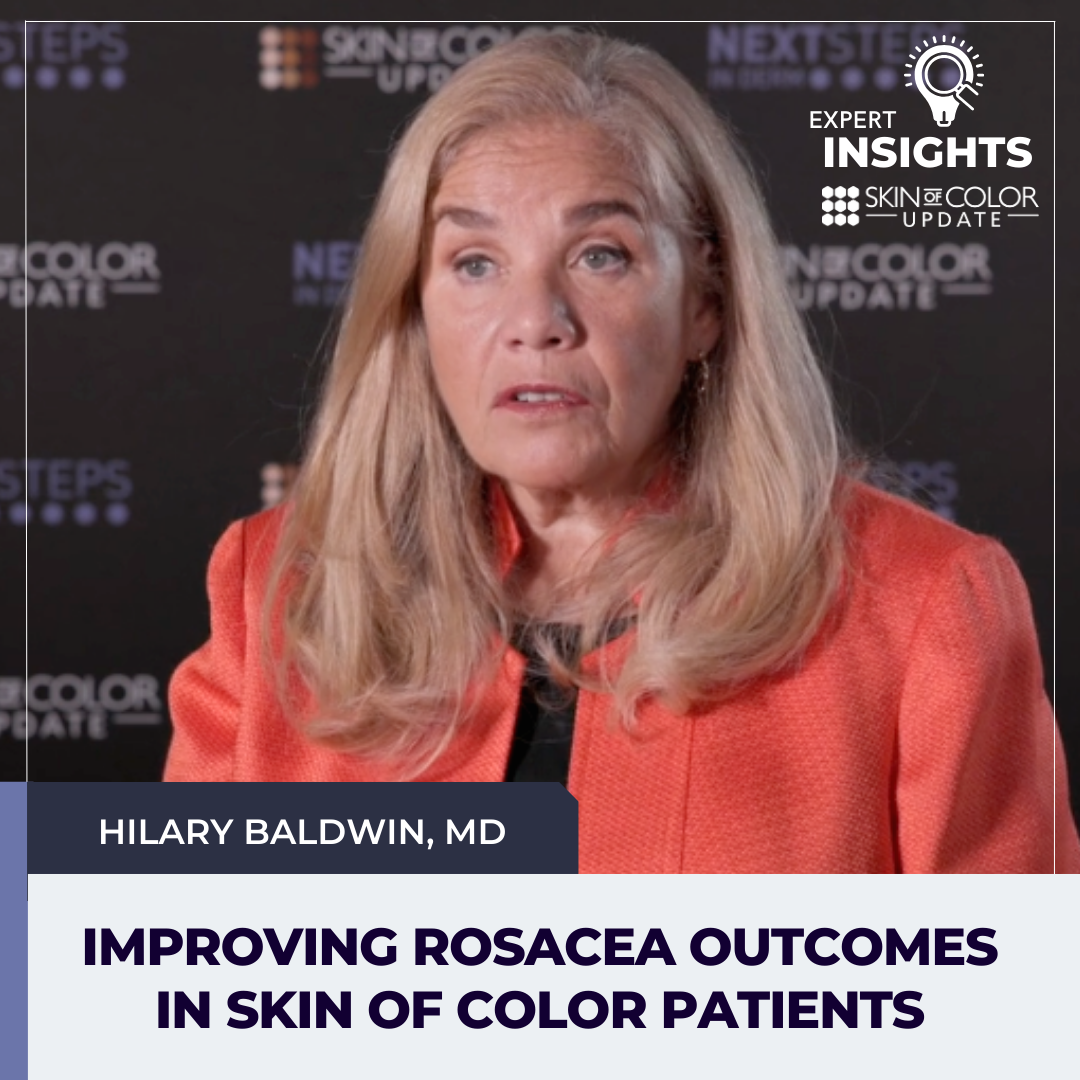Oxymetazoline Therapeutic Cheat Sheet
 Oxymetazoline is an adrenoreceptor agonist which is FDA-approved for dermatologic conditions including persistent facial erythema in rosacea and blepharoptosis. Functioning primarily as a vasoconstrictor with additional anti-inflammatory properties, oxymetazoline targets the sustained vasodilated state of cutaneous blood vessels in rosacea by inducing vasoconstriction and reducing the persistent f …
Oxymetazoline is an adrenoreceptor agonist which is FDA-approved for dermatologic conditions including persistent facial erythema in rosacea and blepharoptosis. Functioning primarily as a vasoconstrictor with additional anti-inflammatory properties, oxymetazoline targets the sustained vasodilated state of cutaneous blood vessels in rosacea by inducing vasoconstriction and reducing the persistent f …
 Oxymetazoline is an adrenoreceptor agonist which is FDA-approved for dermatologic conditions including persistent facial erythema in rosacea and blepharoptosis. Functioning primarily as a vasoconstrictor with additional anti-inflammatory properties, oxymetazoline targets the sustained vasodilated state of cutaneous blood vessels in rosacea by inducing vasoconstriction and reducing the persistent f …
Oxymetazoline is an adrenoreceptor agonist which is FDA-approved for dermatologic conditions including persistent facial erythema in rosacea and blepharoptosis. Functioning primarily as a vasoconstrictor with additional anti-inflammatory properties, oxymetazoline targets the sustained vasodilated state of cutaneous blood vessels in rosacea by inducing vasoconstriction and reducing the persistent f … 








 Next Steps in Derm, in partnership with Skin of Color Update, interviewed Dr. Shari Lipner, director of the Nail Division at the New York-Presbyterian Hospital/Weill Cornell Medical Center. Hear the results of Dr. Lipner’s retrospective study on time to diagnosis in patients with skin of color who have nail psoriasis. Find out why the clinical examination is especially important. Learn how derm …
Next Steps in Derm, in partnership with Skin of Color Update, interviewed Dr. Shari Lipner, director of the Nail Division at the New York-Presbyterian Hospital/Weill Cornell Medical Center. Hear the results of Dr. Lipner’s retrospective study on time to diagnosis in patients with skin of color who have nail psoriasis. Find out why the clinical examination is especially important. Learn how derm …  Which of the following cells is most likely to be seen in a biopsy of a lesion from this 1-day-old child?
A. Eosinophils
B. Histiocytes
C. Lymphocytes
D. Mast cells
E. Neutrophils
To find out the correct answer and read the explanation, click here. …
Which of the following cells is most likely to be seen in a biopsy of a lesion from this 1-day-old child?
A. Eosinophils
B. Histiocytes
C. Lymphocytes
D. Mast cells
E. Neutrophils
To find out the correct answer and read the explanation, click here. …  Explore the February 2024 issue of the Journal of Drugs in Dermatology! Discover groundbreaking research on topics such as novel treatments for melasma, advancements in psoriasis management, gene expression profile (GEP) testing for squamous cell carcinoma, pediatric vitiligo, and many more! Stay ahead of the curve with the latest insights from leading dermatology experts. Straight from the Editor …
Explore the February 2024 issue of the Journal of Drugs in Dermatology! Discover groundbreaking research on topics such as novel treatments for melasma, advancements in psoriasis management, gene expression profile (GEP) testing for squamous cell carcinoma, pediatric vitiligo, and many more! Stay ahead of the curve with the latest insights from leading dermatology experts. Straight from the Editor …  Next Steps in Derm, in partnership with Skin of Color Update, interviewed Dr. Hilary Baldwin, a board-certified dermatologist and medical director of the Acne Treatment & Research Center in Morristown, N.J. and Brooklyn, N.Y. Diagnosing rosacea in patients with skin of color can be a learning experience as the disease may be more challenging to recognize in richly pigmented skin. Find out why …
Next Steps in Derm, in partnership with Skin of Color Update, interviewed Dr. Hilary Baldwin, a board-certified dermatologist and medical director of the Acne Treatment & Research Center in Morristown, N.J. and Brooklyn, N.Y. Diagnosing rosacea in patients with skin of color can be a learning experience as the disease may be more challenging to recognize in richly pigmented skin. Find out why …